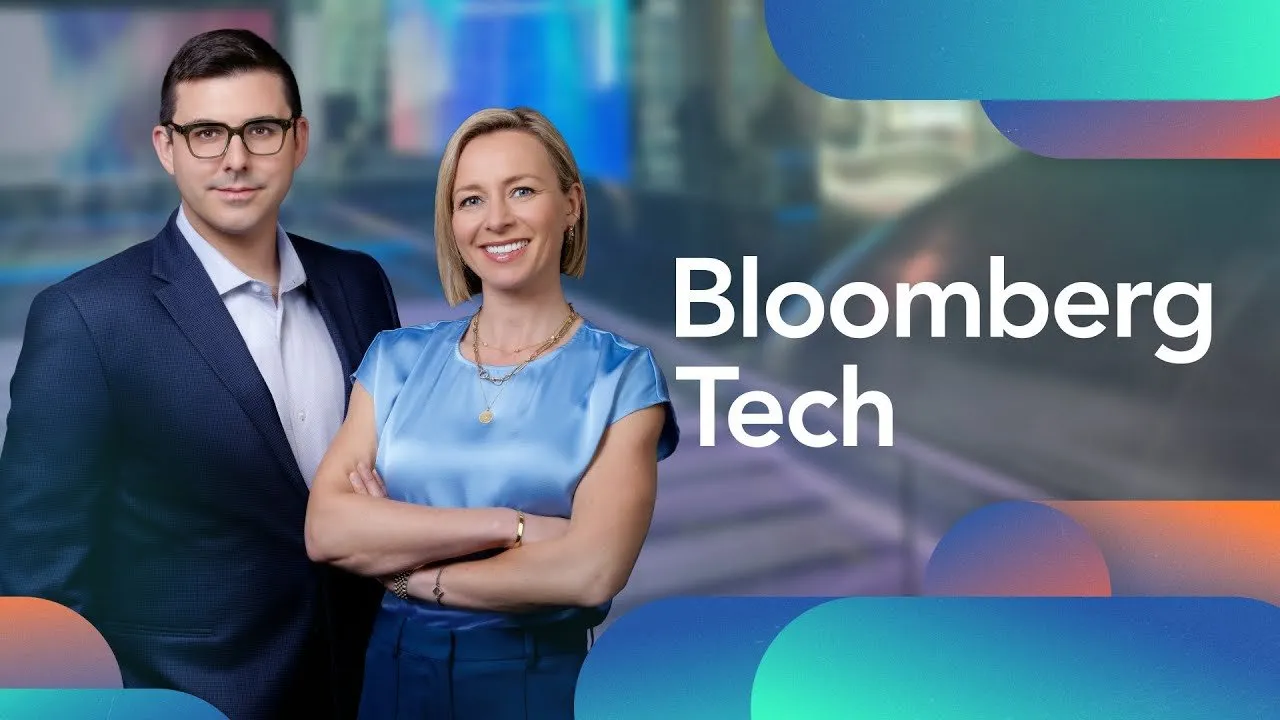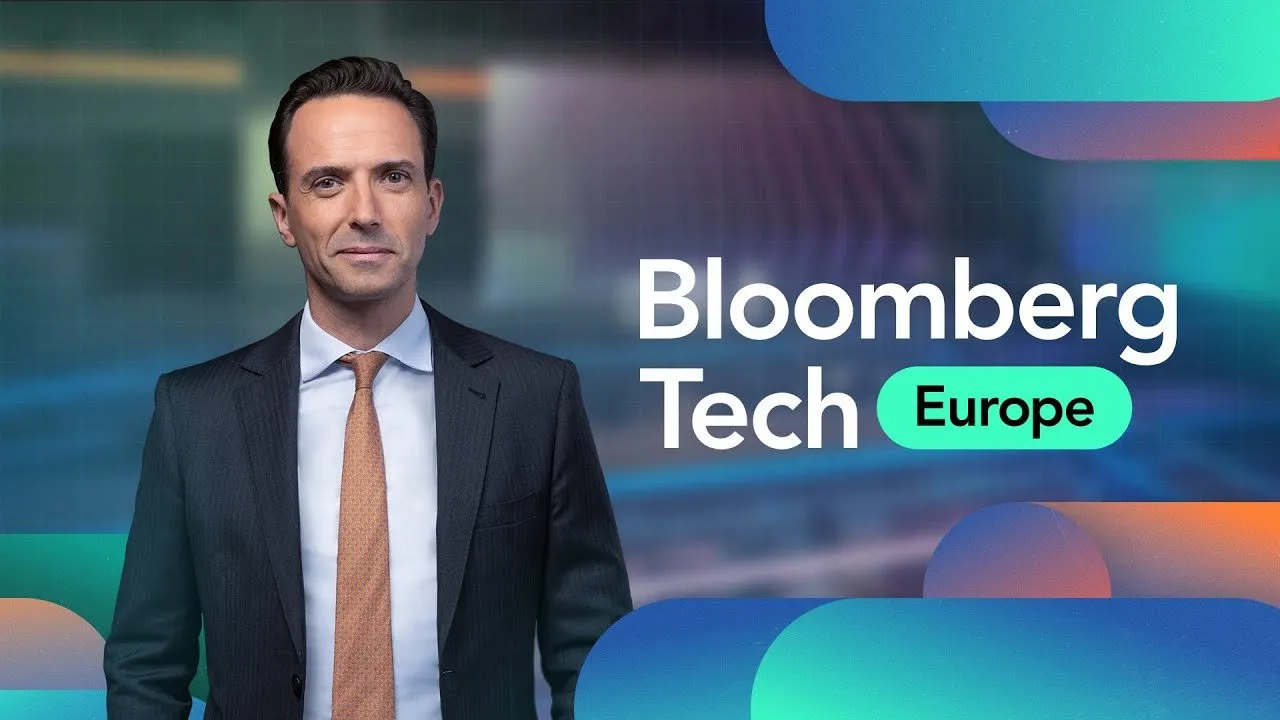Table of Contents
Elizabeth Rosiello's 13-year journey building Africa's first Bitcoin exchange reveals how crypto and traditional finance are colliding worldwide.
Key Takeaways
- Africa's payment infrastructure evolved from costly remittances (4-10% fees) to competitive crypto-enabled solutions over 13 years
- Traditional fintech companies now integrate crypto by necessity, while crypto-native firms expanded into conventional financial services
- Stable coins dominate crypto payment volume (95% of transactions), with USDT preferred for Asia-focused trade flows
- Cross-border payments remain crypto's strongest use case, especially where mobile money dominates domestic transactions
- Regulatory clarity and banking partnerships determine winners more than technological innovation in converged markets
- Asian trade relationships drive African crypto adoption patterns, not Western financial infrastructure preferences
- Infrastructure companies require longer development timelines than venture capital models typically accommodate
Early Days: When Bitcoin Met Mobile Money
Elizabeth Rosiello arrived in Nairobi in 2009, just as M-Pesa was revolutionizing mobile payments across Kenya. The telecom innovation achieved something remarkable—95% economic penetration in some markets, allowing people to pay for everything from school fees to single tomatoes without cash. Yet international payments remained painfully expensive and slow.
Traditional remittance providers charged 4-8% fees across Africa, sometimes exceeding 10% in certain markets. These rates were double those in Southeast Asia and South America, creating a massive opportunity for disruption. When Rosiello discovered Bitcoin in 2013, she immediately recognized its potential to bridge currencies and enable direct African-to-African payments.
BitPesa launched in November 2013 as the world's first Bitcoin exchange connected directly to mobile money systems. The company attracted early investment from Barry Silbert, Pantera Capital, and Blockchain Capital, becoming the first crypto exchange run by female founders. Within months, Bloomberg dubbed them a "Western Union killer," prompting the incumbent to lower prices.
The initial model was elegantly simple. Kenyans could buy Bitcoin and sell it in the United States, Canada, or Europe to make international payments. Soon, local crypto enthusiasts joined for investment and trading purposes. The real breakthrough came when they realized pooling worked better than actual Bitcoin transfers between their exchanges in different countries.
Scaling Across Borders: From Bitcoin to Business Banking
BitPesa's expansion strategy focused on remittance corridor liquidity rather than technology evangelism. Nigeria represented the largest remittance market, followed by Ghana and other high-volume destinations. The company acquired licenses in the UK and Spain, purchased competitors in South Africa, and pioneered francophone Africa operations in 2016.
Their first major corporate client paid Harvard tuition fees worth $35,000 using Bitcoin rails—a transaction that highlighted the power of wholesale over retail volume. This led to partnerships with publicly traded remittance companies whose treasury teams secretly settled payments in Bitcoin while maintaining traditional shareholder communications.
The business model evolved from pure crypto exchange to currency trading platform. As Rosiello explains, "We don't want to create crypto companies. We want to create companies that can use crypto." Today, AZA Finance (the rebranded entity) trades over 150 currencies globally, treating crypto as one option among many based on customer preference.
The FTX partnership announcement created both opportunity and crisis. While the collaboration promised regulatory advancement and derivative licensing across multiple African markets, FTX's collapse created massive cleanup work and trust rebuilding with regulators, clients, and partners. The incident highlighted how association risks can undermine years of compliance-focused reputation building.
Stable Coin Summer: When USDT Conquered Bitcoin
The transition from Bitcoin to stable coins began four to five years ago when customers started requesting USDT. Within a relatively short period, 95% of crypto volume shifted to stable coin transactions. This surprised early Bitcoin believers like Rosiello, who questioned why private stable coins seemed "safer" than decentralized cryptocurrencies to corporate clients.
The practical advantages became clear quickly. Stable coins enable 24/7 settlement when traditional banking systems close for weekends, holidays, or religious observances like Ramadan. For remittance companies managing high-volume periods during celebrations, this represents significant operational improvement over credit risk management during banking downtime.
Most African crypto activity clusters around basic implementations rather than cutting-edge innovation. Customers primarily use the same three wallets and exchanges, requesting vanilla ERC-20 tokens rather than exploring newer blockchain architectures. The focus remains on transferring value quickly rather than experimenting with technological features.
Geographic trading patterns influence stable coin preferences. African businesses primarily import from Asia, making USDT their preferred dollar-denominated stable coin for supplier payments. Meanwhile, payments routed through US banking systems favor USDC due to regulatory and institutional preferences among American financial institutions.
Regulatory Reality: Compliance Beats Innovation
The African crypto landscape experienced explosive growth post-COVID, with hundreds of companies attending events like the Africa Tech Summit by 2025. Half of these startups incorporated crypto functionality, reflecting mainstream adoption rather than niche experimentation. Nigeria's banking system settling 24/7 and South Africa issuing 50 exchange licenses demonstrate regulatory maturation.
However, regulatory compliance determines competitive success more than technological sophistication. Companies need proper licenses, strong compliance teams, robust APIs for client integration, and banking partnerships for local currency settlement. These traditional business fundamentals matter more than blockchain innovation when every competitor offers similar crypto capabilities.
The convergence is nearly complete among new entrants. Rosiello notes she hasn't encountered recent fintech startups that avoid crypto entirely, similar to how companies can't ignore AI integration. Legacy institutions remain hesitant, but emerging players assume crypto competency across their organizations rather than maintaining separate "crypto teams."
Banks increasingly accept crypto-enabled companies due to widespread adoption and regulatory clarity, particularly following recent US legislation. The technology has moved from outsider status to mainstream expectation among financial services providers.
Global South Partnerships: DLocal's Strategic Acquisition
AZA Finance's pending acquisition by Uruguayan payments processor DLocal represents south-south cooperation rather than traditional north-south investment patterns. DLocal built a successful NASDAQ-listed business facilitating merchant payments for companies like Netflix and Alibaba across Latin America before expanding globally.
The partnership creates natural synergies—DLocal works with currency sellers (merchants collecting local payments), while AZA serves currency buyers (remittance and payment companies). This complementary relationship increases liquidity pools and trading opportunities for both platforms.
The acquisition reflects broader investment patterns favoring Asian and Latin American companies over North American or European expansion into Africa. While Western firms often promise African market entry that remains perpetually "two years away," southern hemisphere partnerships deliver actual capital and operational integration.
Competitive Landscape: Liquidity Rules Everything
Currency trading success depends fundamentally on liquidity depth rather than technological features. The exchange with the most companies trading the highest volumes can offer sharper pricing with minimal slippage. This creates network effects favoring established players over new entrants despite technological parity.
Client onboarding represents another competitive moat. Regulated remittance companies require extensive compliance verification and API integration work that can take multiple development sprints. The provider with the most onboarded clients and best engineering integration capabilities maintains significant advantages.
Local currency settlement remains mandatory since African economies haven't adopted crypto for daily expenses like rent payments. Every transaction ultimately touches government-regulated banking systems, requiring traditional business disciplines around compliance, banking relationships, and regulatory cooperation.
Mobile money dominates domestic payments in markets like Kenya, Ghana, and Tanzania with 95%+ penetration rates. Crypto competes primarily in cross-border scenarios where mobile money providers haven't expanded internationally or lack integration between countries. Banking systems handle domestic payments in markets like Nigeria and South Africa without strong mobile money adoption.
The global payments revolution shows crypto and fintech converging into a single competitive landscape where technology becomes commoditized and traditional business execution determines winners. Africa's 13-year evolution from expensive remittance monopolies to competitive crypto-enabled markets provides a roadmap for similar transformations worldwide.





